Table of Contents
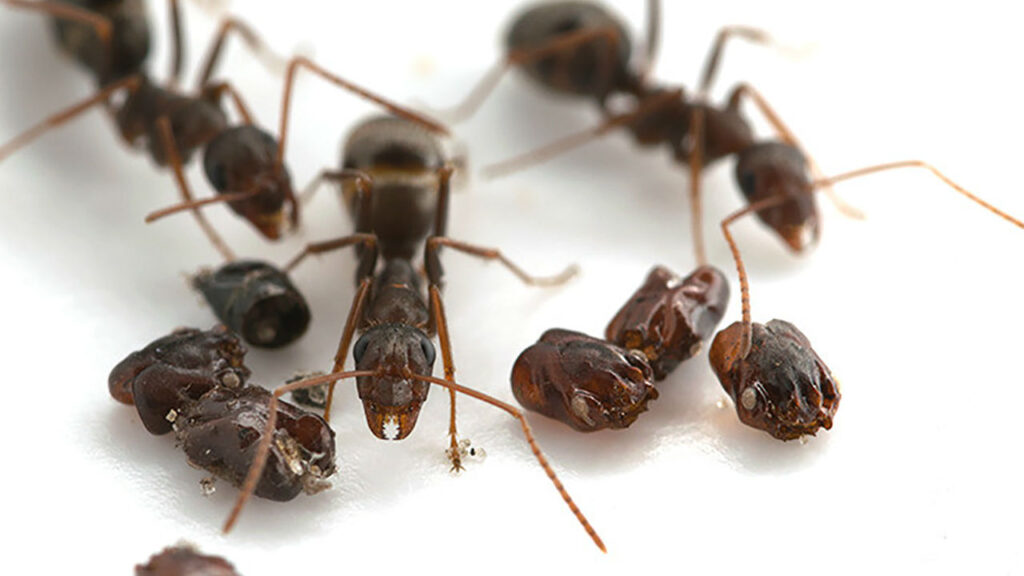
Ants are remarkable creatures, often seen as symbols of industriousness and teamwork. However, there’s one group of ants that has earned a rather fearsome reputation in the insect kingdom – the so-called “headhunting ants.” In this blog post, we’ll delve into the intriguing world of these tiny terrors and explore the mysteries surrounding their unique behavior.
Meet the Headhunters
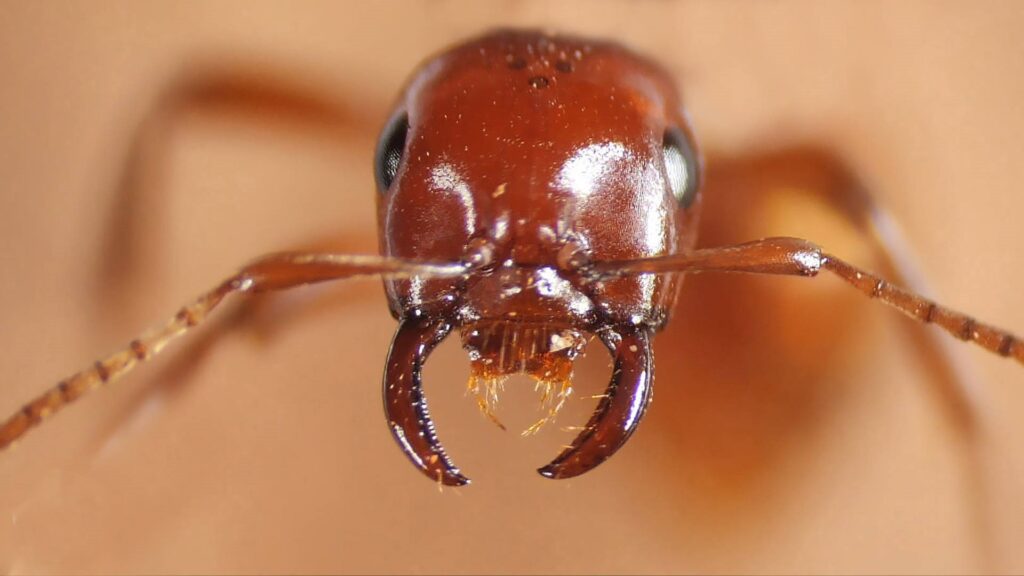
Headhunting ants, scientifically known as Dinoponera, are not your everyday garden-variety ants. They belong to a group of ants called “trap-jaw ants” and are typically found in the forests of South America. What sets them apart is their astonishingly powerful jaws, capable of delivering lightning-fast strikes with incredible force.
The Mysterious Behavior
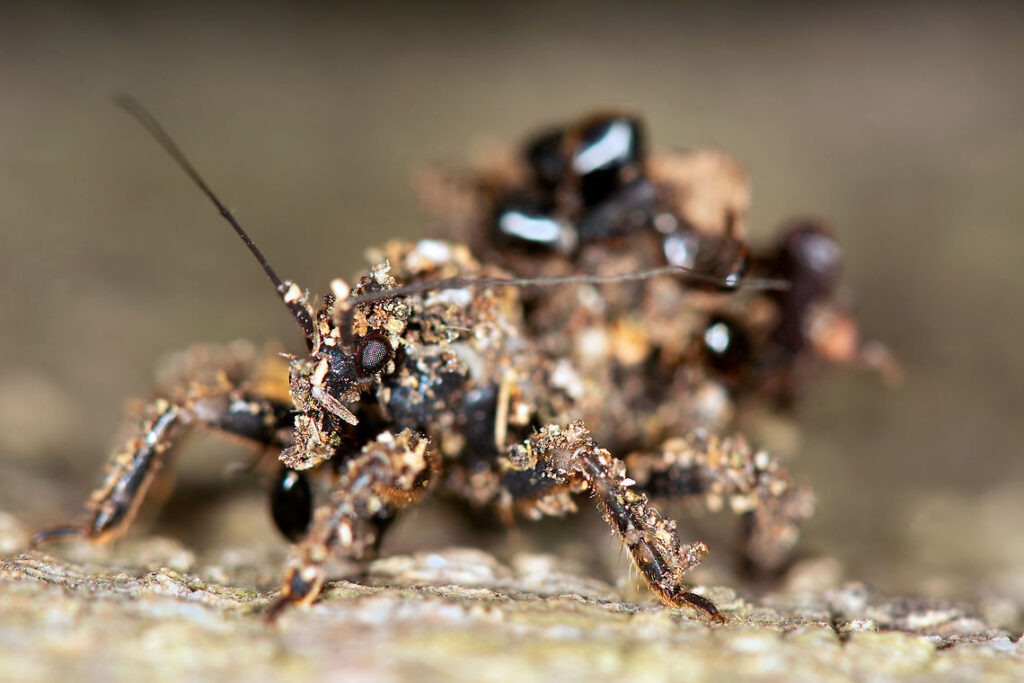
These ants are notorious for their unusual hunting technique. When prey wanders into their territory, a single headhunter ant will seize the unsuspecting victim with its powerful jaws. What makes this behavior particularly strange is the next step. Instead of devouring the prey immediately, the ant will often amputate its victim’s head and then carry the head, separate from the body, back to the nest. This head-carrying ritual is a central part of their hunting strategy.
Why Do They Do It?
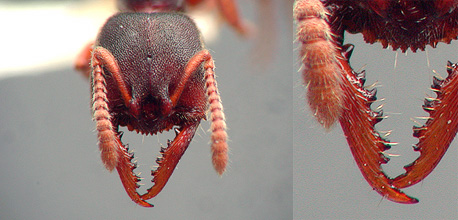
The question that naturally arises is, why do these ants engage in such gruesome and peculiar behavior? Researchers have proposed several theories. One leading hypothesis is that headhunting ants carry the severed heads back to their nests to feed the colony. The soft tissues of the head are easier for the ant larvae to digest, which makes them a valuable source of nutrition.
Another theory suggests that the severed heads serve as a form of chemical warfare. By depositing the heads at the entrance of their nests, the ants could release chemical signals that deter potential predators and competitors.
Adaptations for Survival
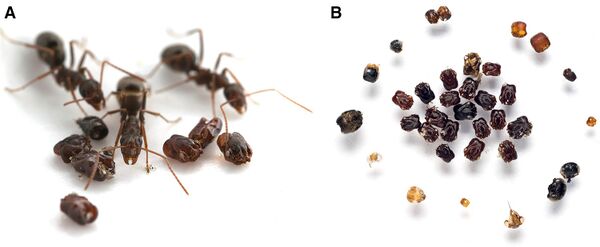
The mysteries surrounding headhunting ants go beyond their gruesome hunting habits. They have also developed unique adaptations that enable them to thrive in their forest environments. Their massive, powerful jaws not only serve as formidable weapons but also as tools for digging and nest building.
Additionally, headhunting ants often live in small colonies, a stark contrast to the vast ant supercolonies found in other species. This might be an adaptation to reduce competition for resources in the dense and diverse forests where they are found.
The Enigma Persists
While researchers have made progress in understanding headhunting ants, much about their behavior and biology remains shrouded in mystery. The evolutionary significance of their head-carrying ritual, their intricate social structures, and their interactions with other species are all areas where science is still seeking answers.
A Fascinating Glimpse into Nature’s Complexity

The world of headhunting ants is a captivating example of nature’s diversity and complexity. It reminds us that even in the seemingly mundane world of insects, there are remarkable and enigmatic species waiting to be discovered and understood. These ants, with their unusual habits and extraordinary adaptations, are a testament to the wonder and intrigue of the natural world.
Conclusion
Headhunting ants, with their gruesome but fascinating behavior, represent one of the many mysteries of the insect kingdom. They are a reminder that even the tiniest creatures on Earth can hold secrets and surprises that continue to challenge and amaze scientists and nature enthusiasts alike.